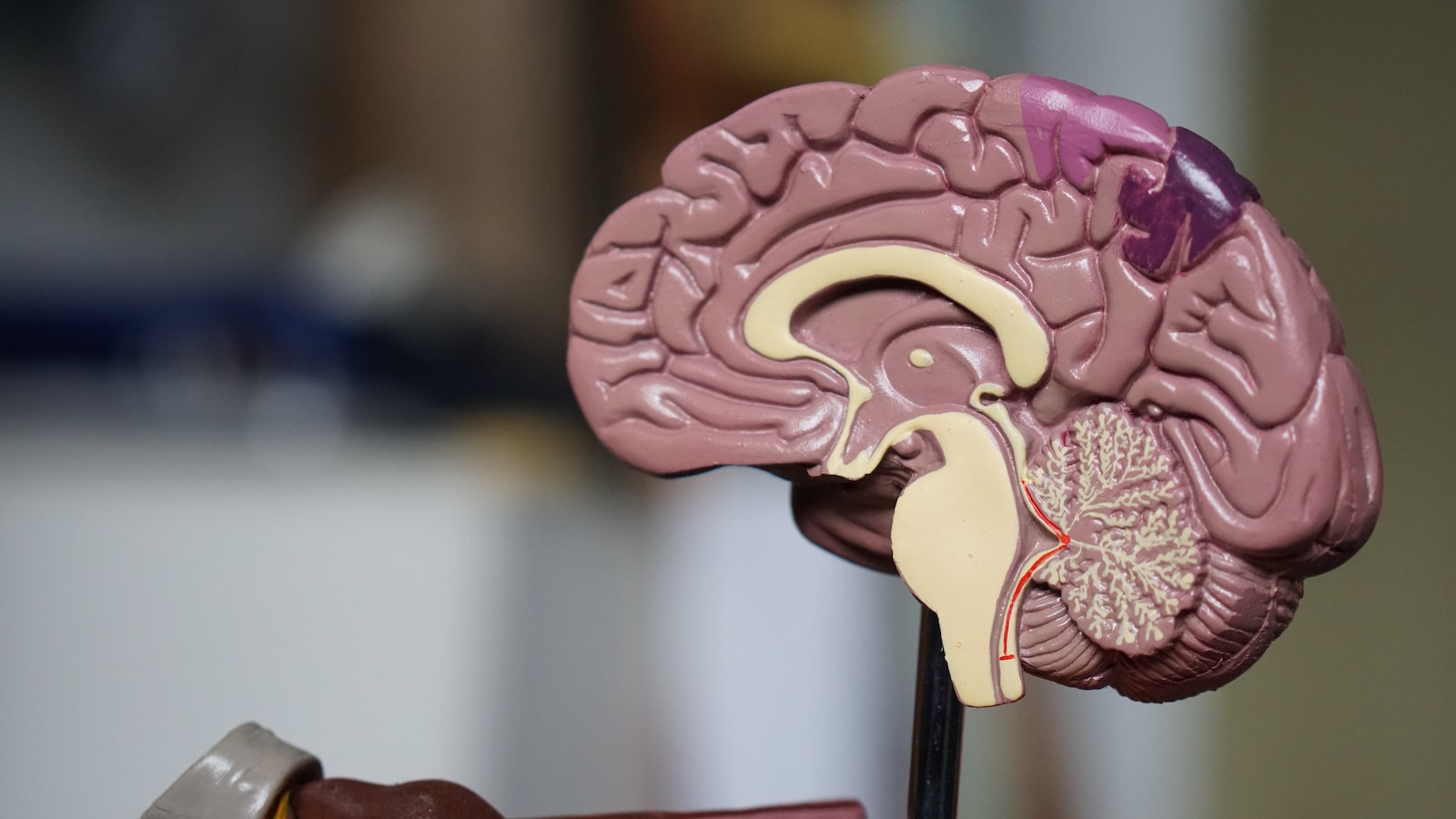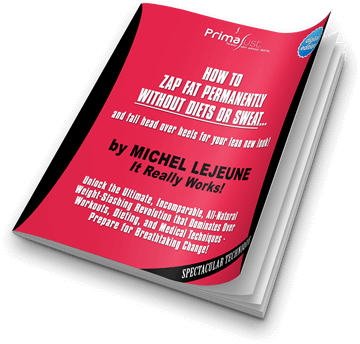In today’s fast-paced world, managing emotional well-being and coping with food cravings can be challenging. However, the practice of mindfulness offers a promising solution. In our previous blog we wrote about Benefits of Circuit Training: Easy Weight Loss and Conditioning. In this blog, we will explore the how mindfulness reduces reactivity to food cues while also enhancing emotional resilience. Let’s delve into the science of mindfulness, practical techniques to reduce overeating, ways to incorporate mindfulness into our daily lives, and how it influences the relationship between intuitive eating and body image.
Understanding Food Cravings and Reactivity
 Food cravings can often lead to emotional eating, where we turn to food for comfort or distraction.
Food cravings can often lead to emotional eating, where we turn to food for comfort or distraction.
These emotional reactions are triggered by external cues, like the sight or smell of food, that influence our eating behavior.
Mindfulness can help us gain awareness of these triggers and build emotional resilience to manage them effectively.
By cultivating mindfulness, we develop the ability to pause and consider whether our cravings are driven by true hunger or emotional needs.
The Science of Mindfulness
 Mindfulness, rooted in ancient traditions, involves focusing on the present moment without judgment.
Mindfulness, rooted in ancient traditions, involves focusing on the present moment without judgment.
It positively impacts the brain and emotions, promoting a sense of calm and reducing impulsive behaviors.
Numerous studies have demonstrated its ability to decrease reactivity to food cues, leading to healthier eating habits and improved emotional well-being.
Research has shown that mindful eating practices can help individuals become more attuned to their body’s signals, making them less prone to overeating and better able to respond to their true nutritional needs.
Mindfulness Techniques: Mindfulness Reduces Reactivity to Food Cues
Mindful Eating
 Practicing mindful eating involves tuning into hunger and fullness cues, fostering a heightened awareness of our body’s needs.
Practicing mindful eating involves tuning into hunger and fullness cues, fostering a heightened awareness of our body’s needs.
By mindfully considering our choices at mealtimes, we can make more conscious decisions about what and how much to eat, thereby avoiding the trap of overindulgence.
Mindful eating is an opportunity to savor and relish every bite, appreciating the diverse flavors and textures of the food we consume.
Being fully present during meals allows us to detach from distractions and better appreciate the nourishment we receive, leading to a more positive and gratifying relationship with food.
Mindfulness Meditation
 Engaging in mindfulness meditation is an effective way to cultivate self-awareness, enabling us to gain insight into our thoughts and emotions.
Engaging in mindfulness meditation is an effective way to cultivate self-awareness, enabling us to gain insight into our thoughts and emotions.
This heightened consciousness empowers us to better understand the triggers and drivers of impulsive eating behaviors.
Through regular meditation practice, individuals develop the capacity to observe their cravings without being controlled by them.
By detaching from these cravings, they can make healthier and more mindful decisions regarding their eating habits.
Mindfulness meditation thus helps to break the cycle of emotional eating patterns, promoting a more balanced and controlled approach to food consumption.
Breathing Exercises
 When faced with intense food cravings, employing breath awareness as a coping mechanism can prove remarkably beneficial.
When faced with intense food cravings, employing breath awareness as a coping mechanism can prove remarkably beneficial.
By taking deep, intentional breaths during these moments, individuals can effectively calm their minds and regain control over their impulses.
The act of conscious breathing creates a pause, allowing space for rational decision-making instead of succumbing to immediate gratification.
This simple yet potent technique aids in reducing impulsive actions related to food and fosters a mindful approach to dealing with cravings.
Body Scan
 Practicing a body scan involves cultivating a non-judgmental awareness of bodily sensations, particularly those associated with hunger and cravings.
Practicing a body scan involves cultivating a non-judgmental awareness of bodily sensations, particularly those associated with hunger and cravings.
This technique allows individuals to attentively and systematically direct their focus to different parts of the body.
By doing so, they become more attuned to physical sensations and emotional cues, recognizing the true needs of their bodies.
Armed with this awareness, they can respond mindfully to their hunger and cravings, rather than reacting impulsively.
The body scan practice serves as a valuable tool in promoting a healthier and more balanced relationship with food and eating habits.
Enhancing Emotional Resilience through Mindfulness
 Mindfulness empowers us to acknowledge and accept our emotions without judgment.
Mindfulness empowers us to acknowledge and accept our emotions without judgment.
By doing so, we learn healthier ways to cope with stress, reduce emotional eating, and regulate our responses to challenging situations.
When we become more in tune with our emotional states through mindfulness, we can identify emotional triggers that may lead to food cravings.
This self-awareness enables us to explore alternative coping mechanisms, such as engaging in physical activity or seeking social support, rather than turning to food for comfort.
Mindfulness and the Brain-Gut Connection
 There is a complex relationship between our brain and gut, impacting our eating behavior.
There is a complex relationship between our brain and gut, impacting our eating behavior.
The gut-brain axis is a bidirectional communication system, where the brain influences the gut, and vice versa.
Mindfulness has been found to positively influence gut health and digestion, thereby supporting our emotional resilience and food choices.
By reducing stress through mindfulness practices, we can help regulate our gut function, which, in turn, contributes to a healthier relationship with food.
Mindful Strategies for Overcoming Food Cravings
 To foster healthier eating habits and overcome cravings, three essential strategies can be utilized.
To foster healthier eating habits and overcome cravings, three essential strategies can be utilized.
Firstly, distraction techniques redirect attention from food cues, engaging in activities like walking or hobbies.
Secondly, making mindful food choices involves considering nutritional needs rather than emotional impulses.
Lastly, intuitive eating, based on heeding the body’s hunger and satisfaction cues, fosters a healthier relationship with food, promoting a balanced and attuned approach to nourishment.
By incorporating these methods, individuals can break automatic responses to cravings, make more conscious food decisions, and develop a harmonious connection with their bodies, leading to improved overall well-being and eating behaviors.
Practicing Mindfulness in Everyday Life
 Mindfulness in Social Settings: Being mindful of our eating habits during gatherings helps us make balanced choices.
Mindfulness in Social Settings: Being mindful of our eating habits during gatherings helps us make balanced choices.
Social settings can often involve food-related temptations, but by staying present and mindful, we can avoid overindulging in unhealthy options.
Mindful Meal Planning: Preparing and savoring meals mindfully enhances our appreciation for food and reduces overeating.
By taking time to plan and prepare meals with intention, we can cultivate a more mindful eating experience.
Mindfulness for Emotional Coping: By using mindfulness to handle difficult emotions, we can avoid emotional eating as a coping mechanism.
Recognizing emotional triggers and responding with mindfulness allows us to address the root causes of our emotional cravings.
Developing a Sustainable Mindfulness Practice
 Setting realistic goals and seeking support from mindfulness groups or professionals can help you maintain consistency.
Setting realistic goals and seeking support from mindfulness groups or professionals can help you maintain consistency.
Overcoming challenges and staying committed to your mindfulness practice will lead to long-lasting benefits for your emotional resilience and eating habits.
Regular practice is key to reaping the full benefits of mindfulness, and finding support from a community or a qualified mindfulness instructor can provide encouragement and accountability.
Conclusion
The relationship between intuitive eating and body image is profoundly influenced by mindfulness.
By reducing reactivity to food cues, enhancing emotional resilience, and practicing mindful strategies, we can foster healthier coping mechanisms and a positive body image.
Let mindfulness be your guide to a more balanced and harmonious relationship with food and emotions, leading to a happier and healthier lifestyle.
Embrace the transformative power of mindfulness and embark on your journey to a more mindful and fulfilling life.
With dedication and patience, mindfulness can be a valuable tool in creating a positive and lasting change in your relationship with food, body, and overall well-being.
Are you ready to take control of your relationship with food, enhance your emotional resilience, and embark on a journey to a happier and healthier lifestyle?
Mindfulness, as we've explored in this blog, offers powerful tools to reduce reactivity to food cues and promote more balanced eating habits.
But what if you could supercharge your efforts and achieve even more profound results without the need for strict diets or rigorous exercise routines?
Introducing the PrimaJust weight loss method – the key to unlocking your metabolism for all-natural weight loss.
Imagine losing 1-3 pounds per week automatically, simply by harnessing the power of your own body. It's time to take action!
Download our still-free report today and discover the Exact Method to Unlock Your Metabolism.
Say goodbye to diets and exercise regimens – it's time to embrace a more mindful, effortless, and sustainable approach to weight loss.
Don't miss this opportunity; click the link below to get started on your transformational journey now!
[Source]Free Report
Enjoyed reading? Share it with your friends!
Discover more with these must-read related blog posts
-
Revealing the Power of Mindfulness and Sustainable Behavior
In today's fast-paced world, cultivating sustainable behavior has become increasingly crucial. Individual actions play a…
-
How Mindfulness Works to Break Bad Habits: Crush Unhealthy Eating
Breaking free from bad habits can be an arduous journey, especially when it comes to…
-
Weight Loss Through Mindfulness: 5 Strategies for Lasting Success
In the journey of weight loss, incorporating mindfulness can be a powerful tool for achieving…














